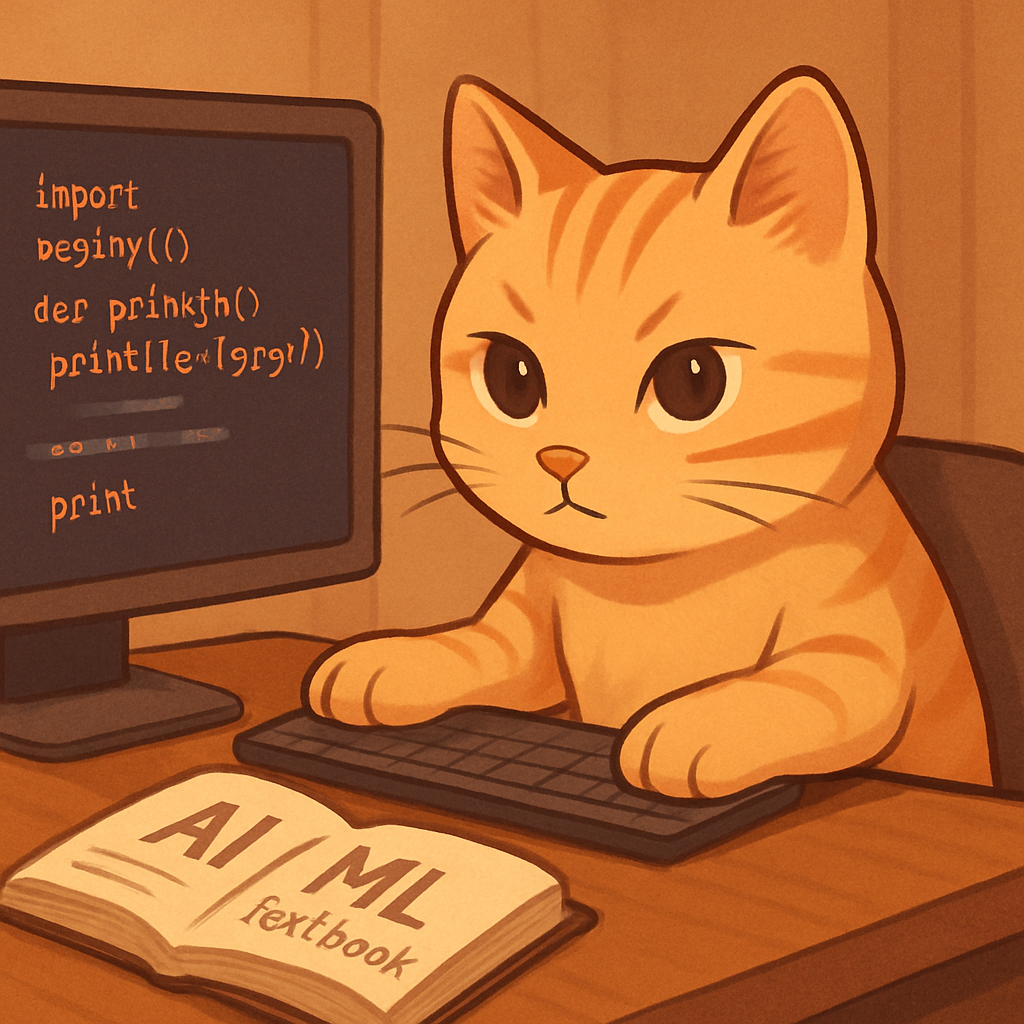Why I Chose vLLM for High-Performance LLM Serving
Background
While designing a deployable LLM-based service, one critical question kept surfacing:
How can I serve many users simultaneously, without sacrificing speed or resource efficiency?
Initially, my idea was simple: fine-tune a model and expose it via an API. However, I soon ran into performance bottlenecks. Traditional APIs, especially when not optimized for batch processing or token streaming, often failed to scale under multiple requests.
What is vLLM?
vLLM is an optimized inference engine built specifically for large language models. Its core features include:
- PagedAttention for memory-efficient token handling
- Continuous batching to serve multiple requests concurrently
- Support for OpenAI-compatible APIs
- GPU-level acceleration with reduced latency
In short, vLLM allows LLMs to serve faster and at scale, which makes it ideal for production environments.
Why I Needed vLLM
In my use case, I wasn’t just generating answers — I was integrating:
- RAG (retrieval-augmented generation)
- User-facing prompts
- Multiple requests at once
This meant two things:
- Latency had to be low, especially when retrieving and generating in tandem.
- Throughput needed to scale, so I could serve concurrent users without queue delays.
vLLM addressed both with its efficient runtime and batching mechanism.
My Deployment Strategy
Originally, I considered hosting my fine-tuned model and exposing it via external APIs. But this posed two major problems:
- I couldn’t use vLLM effectively if the model wasn’t local.
- API latency was unpredictable, depending on hosting provider and bandwidth.
So I pivoted to a local serving strategy, even if it meant aggressive model quantization and system tuning. This way, I could:
- Keep the model on the same server
- Run it directly via vLLM
- Handle multiple requests with better speed and reliability
What I Learned
- vLLM is built for scale, not just for demos. In real-world use, it handles concurrent requests more gracefully than traditional inference pipelines.
- You need local control over the model to use vLLM effectively. This influenced my architecture to stay self-contained.
- Optimization pays off. Quantization and memory tuning made it feasible to serve on modest hardware.
Example Command to Launch a vLLM Server
python3 -m vllm.entrypoints.openai.api_server --model ./my_model --tokenizer ./my_model --port 8000 --dtype float16 --max-model-len 2048
This launches a local OpenAI-compatible API using your fine-tuned model.
Why This Matters for My Project
Using vLLM aligned perfectly with my project goals:
- Reduced latency in generation
- More consistent performance under load
- Flexibility to integrate with my own retrieval + prompt pipeline
Ultimately, it’s not just about having a good model — it’s about serving it well. And for that, vLLM was the right choice.
Next Steps
- Integrate token streaming into frontend
- Load balance vLLM across multiple endpoints
- Experiment with model quantization techniques for even smaller memory footprint
